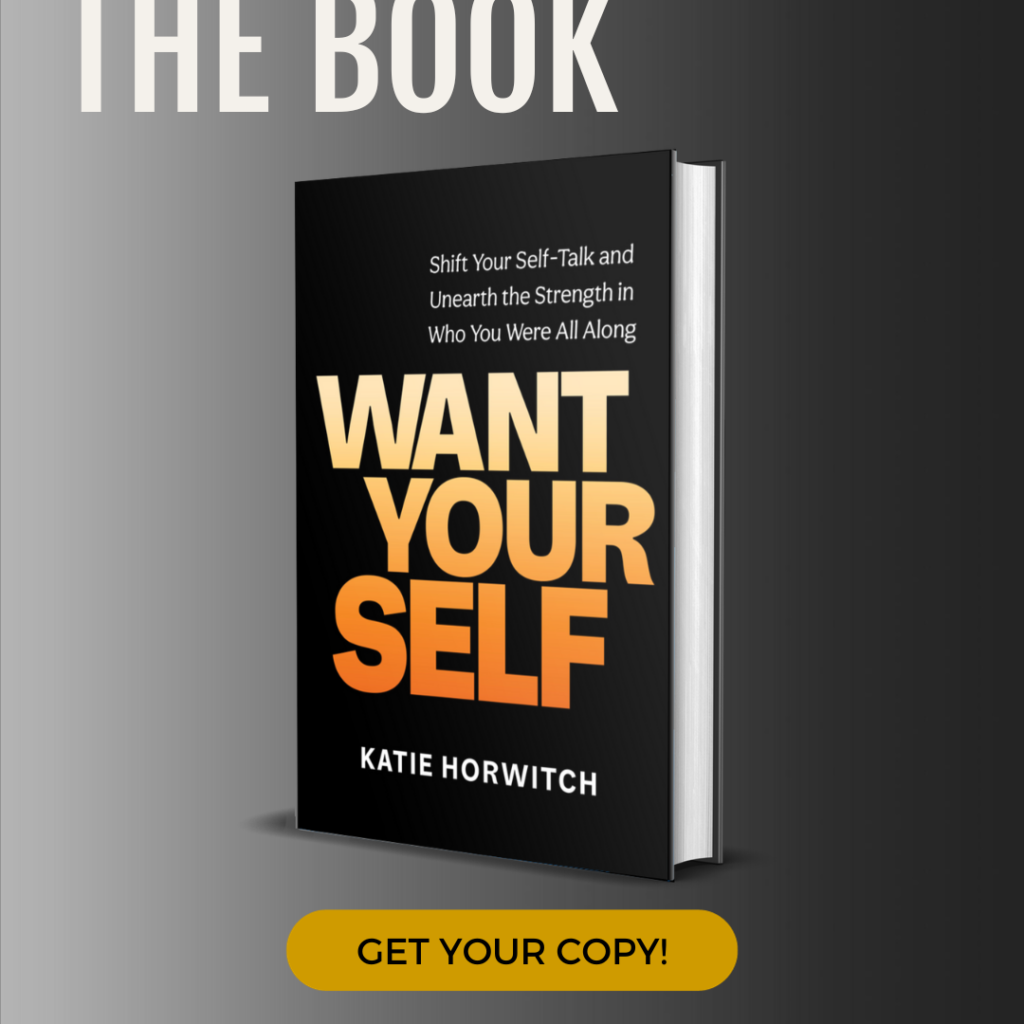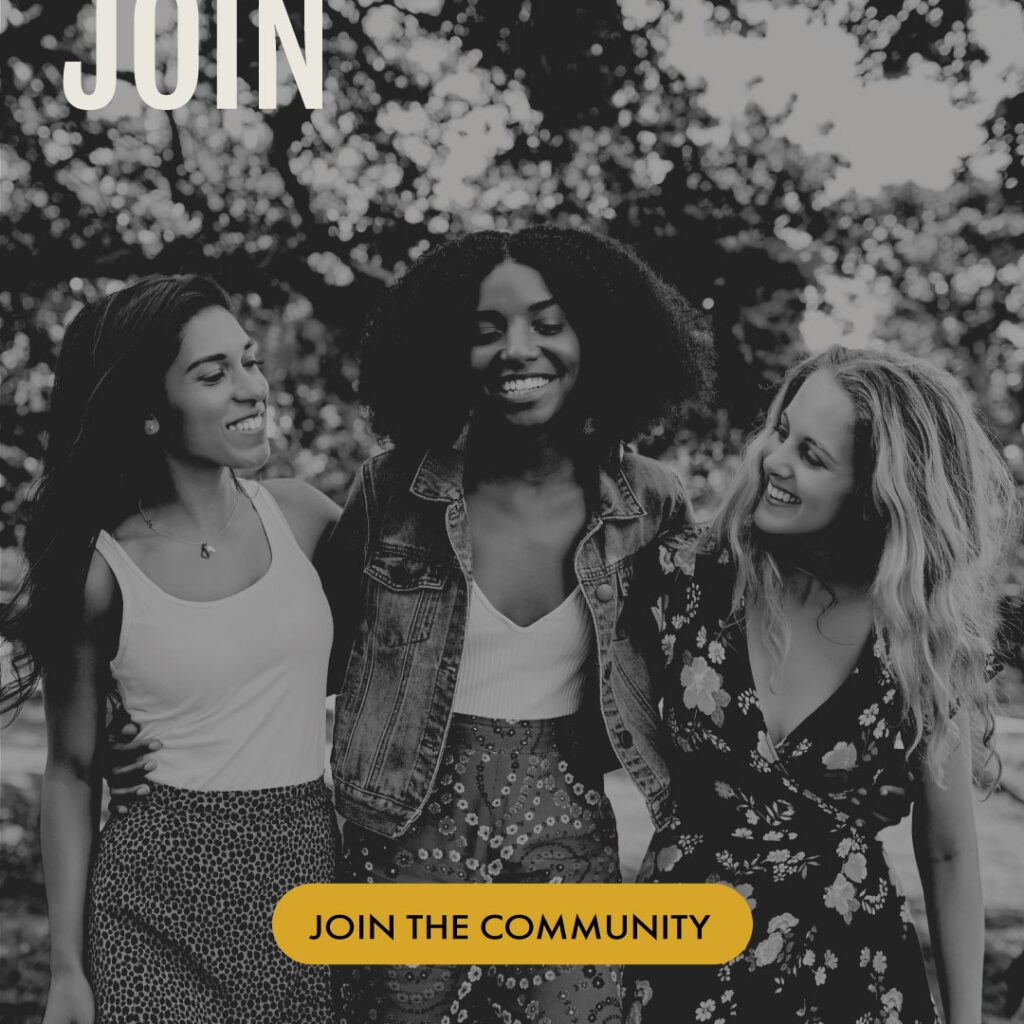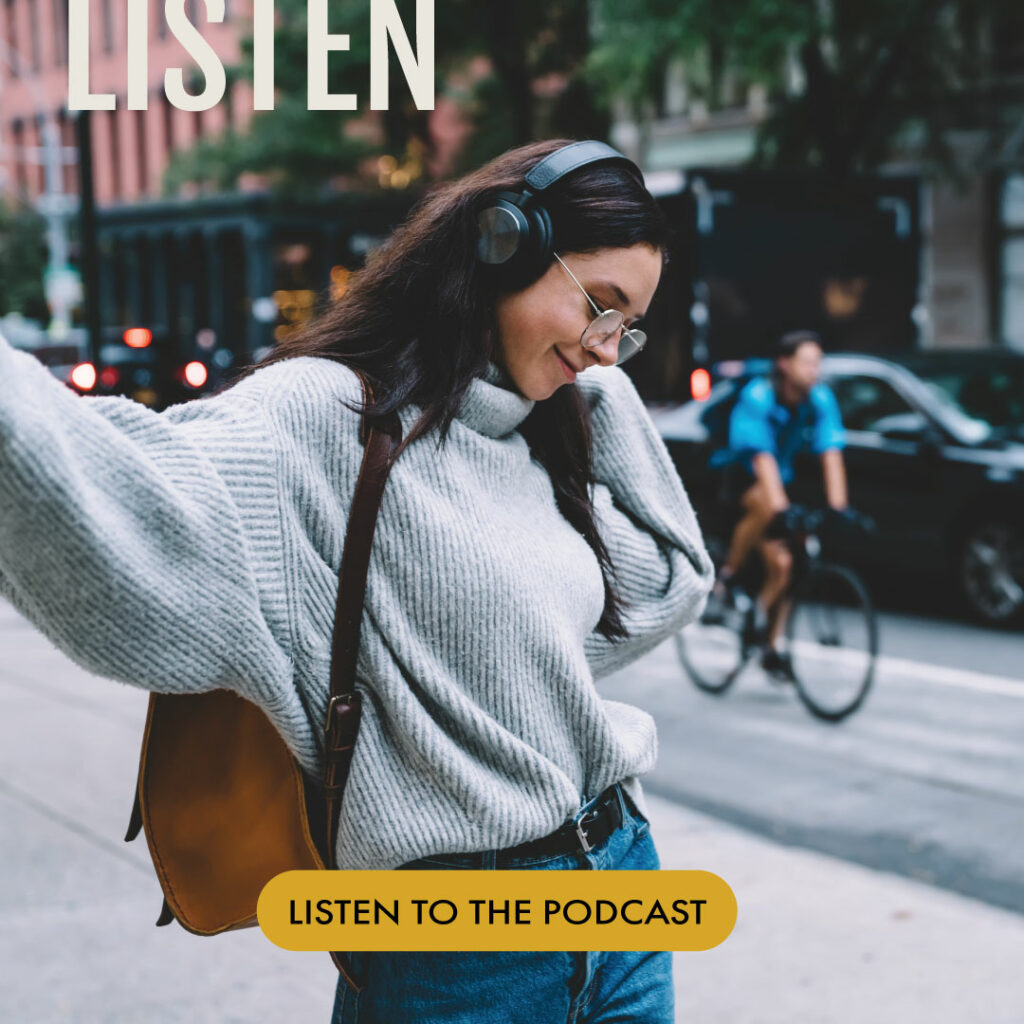A story.
Last year on our trip to Italy, we visited the ruins of Pompeii. As our tour guide gestured toward the empty rooms and half-demolished ovens and sprawling town squares, she invited us into the ancient world by using one phrase over and over: “You must imagine…”
“You must imagine, here is where the baker would ground the grains for his daily goods”
“You must imagine, this street was once was a bustling throughway from the docks to the town”
“You must imagine, it was a clear day…”
We walked through the town, imagining the kitchens and living rooms and baths. The celebrations. The rituals.
And the devastation.
The suffering.
The feelings of being scared and alone.
The imagination hurt. The imagination was necessary.

Since that day in Pompeii, I‘ve done my best to catch myself when I say “I cannot imagine” and rid it from my conversations. I used to think it was a phrase of compassion – but it’s the exact opposite. Because to not imagine is my privilege showing. I CAN imagine, because I MUST imagine. There is no other way.
I’ve begun to realize the prevalence of “I cannot imagine” as not just a socially-acceptable response to a traumatic event, but as a way to perform empathy. But what I’ve also started to realize is that responding “I cannot imagine” is just that: a performance of empathy. An artistic interpretation. Whether it’s conscious or unconscious, doesn’t matter. Stating “I cannot imagine” creates a barrier between us and the truth.
You cannot selectively empathize. You cannot “not imagine.” Because altering your empathy and only allowing yourself to imagine the best of times isn’t really empathy at all. It’s ignorance.
To create lasting change – and to be actively anti-racist – we MUST put ourselves in each others’ shoes. We must feel broken apart by pain and suffering and injustice,and then GET UP and do the real work to unbreak our collective heart and reimagine our collective coexistence.
As Rachel Cargle says, “I don’t want your love and light if it doesn’t come with solidarity and action.” The solidarity is important. The action is crucial. And it all starts with the willingness to imagine.
We must imagine what hurts in order to imagine what’s necessary to create lasting change.
We must imagine so our eyes are wide open.
We must imagine so we don’t forget.
And then, we must turn our imagination into action.
 The following lists are action steps: books to buy, places to donate, people to follow on social media, education tools to dive into – all of which I’ve also done myself. They’ll all, btw, lead you to more action steps, books to buy, places to donate, people to follow, tools to use to learn and unlearn, and more. I encourage you to keep going.
The following lists are action steps: books to buy, places to donate, people to follow on social media, education tools to dive into – all of which I’ve also done myself. They’ll all, btw, lead you to more action steps, books to buy, places to donate, people to follow, tools to use to learn and unlearn, and more. I encourage you to keep going.
To be clear, I’m not the authority on anti-racism work or even *an* authority – there are many, many others out there who have been doing this work for years. I am this journey of learning and unlearning, too. So if I can be the middle-woman to introduce you to some of those voices, great. Be sure to follow them, buy their books, join their courses, donate, and support the work they do…
And then share their work with your communities. Have conversations on the phone and on FaceTime and at your dinner tables. It’s 2020, and sometimes it can feel like social media allyship is enough. But real change happens in the real world. Posts are very important, YES, but what happens outside of Instagram or Facebook is just as important if not (read: definitely) more important. A post or hashtag without action behind it is what’s called “performative allyship” (Google the phrase if you’d like to learn more). If you’re feeling lost and don’t know what to do, Mireille Harper has a great list of steps toward non-optical allyship that is so very useful.
On WANT, we talk a lot about diving in, digging deep, and “making shift happen.”
This is the time, more than ever, to dive in, dig deep and make shift happen on a real, lasting level.
THINGS TO DO (that I’ve personally done as well)
Join Rachel Cargle’s The Great Unlearn
Buy these books:
—Me And White Supremacy by Layla Saad (and then do the exercises – as she says, “it’s a book you DO”)
—Antagonists Advocates and Allies by Catrice M. Jackson
Dive into Leesa Renee Hall’s work (and Patreon!). You’re an HSP and feeling completely overwhelmed? She’s created work just for HSPs!
Donate to your local bail fund (Google “bail fund [your city or state]”) and/or The Bail Project
Support George Floyd’s family
Support Ahmaud Arbery’s family
Donate to Campaign Zero as they work to end police brutality
Donate to Unicorn Riot as they expose root causes of social and environmental issues
Donate to Black Visions Collective as they create transformative, long-term change
Read and put into action the steps outlined in Mireille Harper’s guide to non-optical allyship
RESOURCES + EDUCATION: PEOPLE + ACCOUNTS TO FOLLOW ON SOCIAL MEDIA
@ckyourprivilege
@nowhitesaviors
@reclamationventures
@mireillecharper
@austinchanning
@rachel.cargle
@laylafsaad
@diveinwell
@decolonizing_fitness
@decolonizingtherapy
@chaninicholas
@blackgirlinom
@blklivesmatter
@ibramxk
@iamrachelricketts
@austinchanning
@dr.kholi
@cleowade
@mspackyetti
@theconsciouskid
@nicoleacardoza
@wellreadblackgirl
@goodancestorpodcast
@sincerely.lettie
@glowmaven
@maryamajayi
@naacp
@colorofchange
*A note about social media: there are actual people behind these accounts that are putting forth massive emotional, mental, and physical energy to educate and fight for change. Treat them as such. They are more than just “resources.” Follow, learn, unlearn, pay them for their education and energy, and amplify their voices by sharing.
One more time for the people in the back:
We must imagine what hurts in order to imagine what’s necessary to create lasting change.







0 Comments